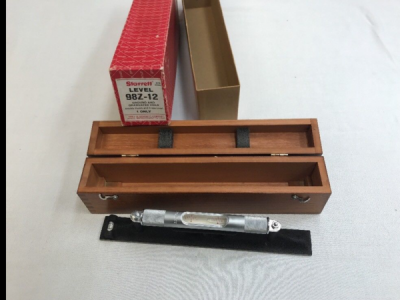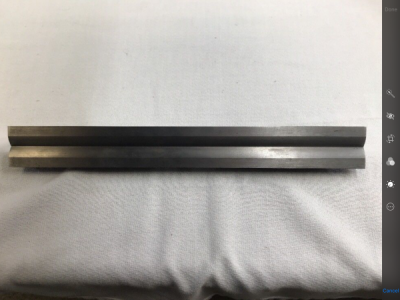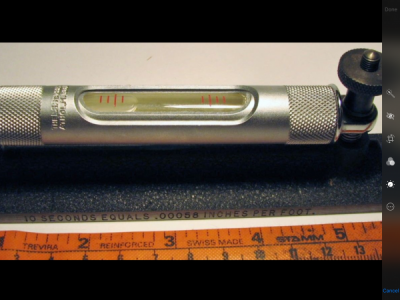- Joined
- Dec 20, 2012
- Messages
- 9,422
Doc, I would second Bob's recommendation for Evaporust. I've only been using it for the last year or two but that stuff is pretty amazing. If you put the level in a pan and pour in just enough to cover the rusty parts, it should do the trick. Otherwise, I use synthetic steel wool, #000, with WD-40. Gets the rust off quickly without damaging the parent metal.
For what its worth, the Starrett 98 is not a very sensitive level but if someone were to give me one, I'd grab it in a heartbeat.
For what its worth, the Starrett 98 is not a very sensitive level but if someone were to give me one, I'd grab it in a heartbeat.




